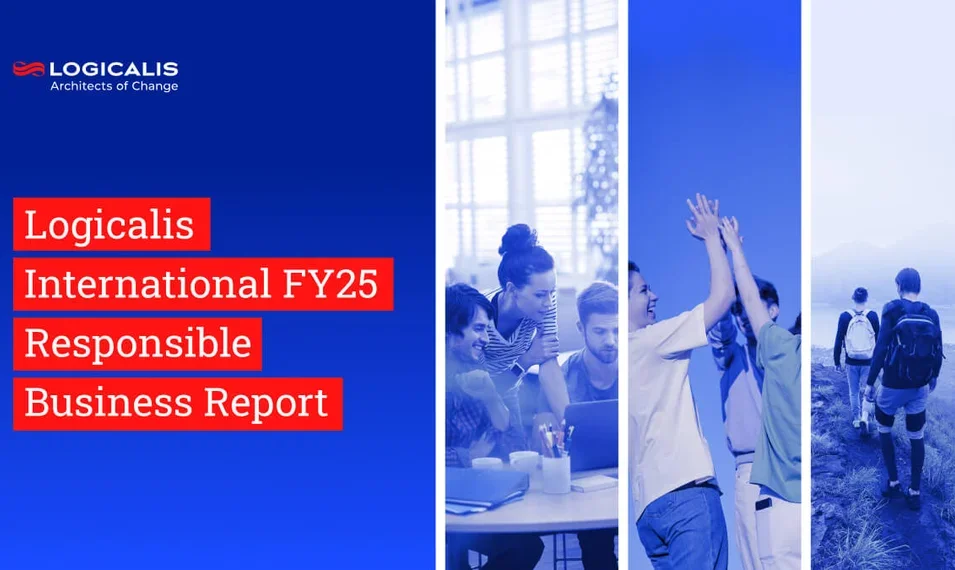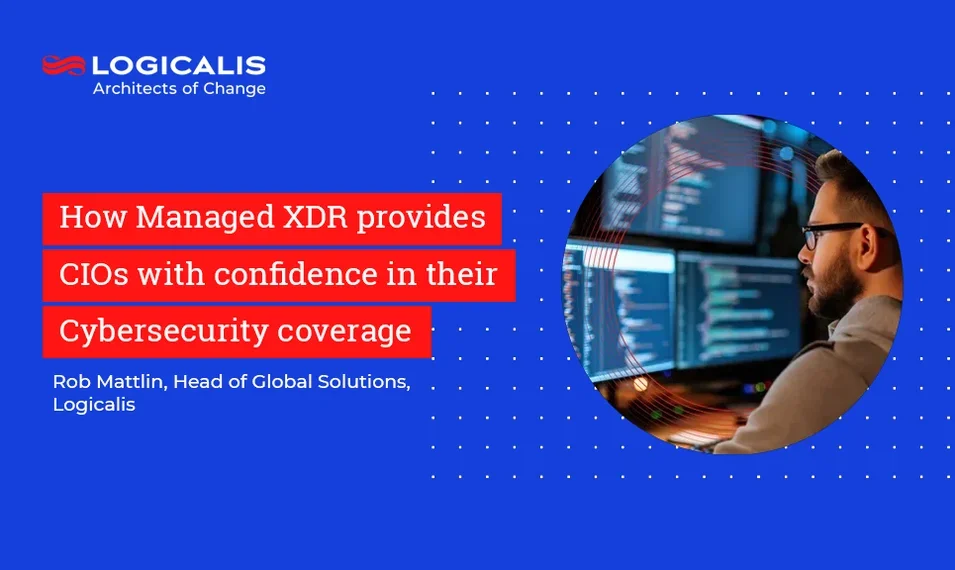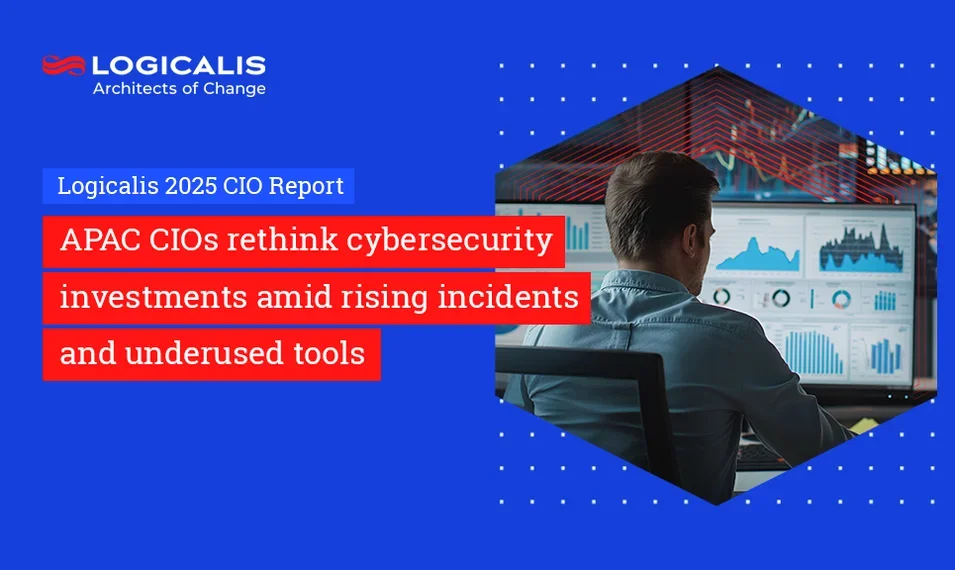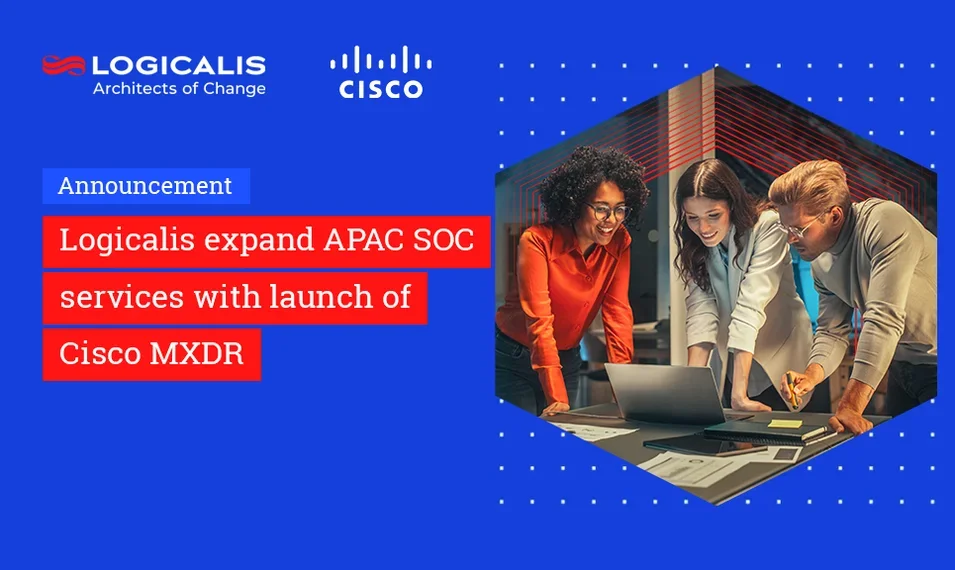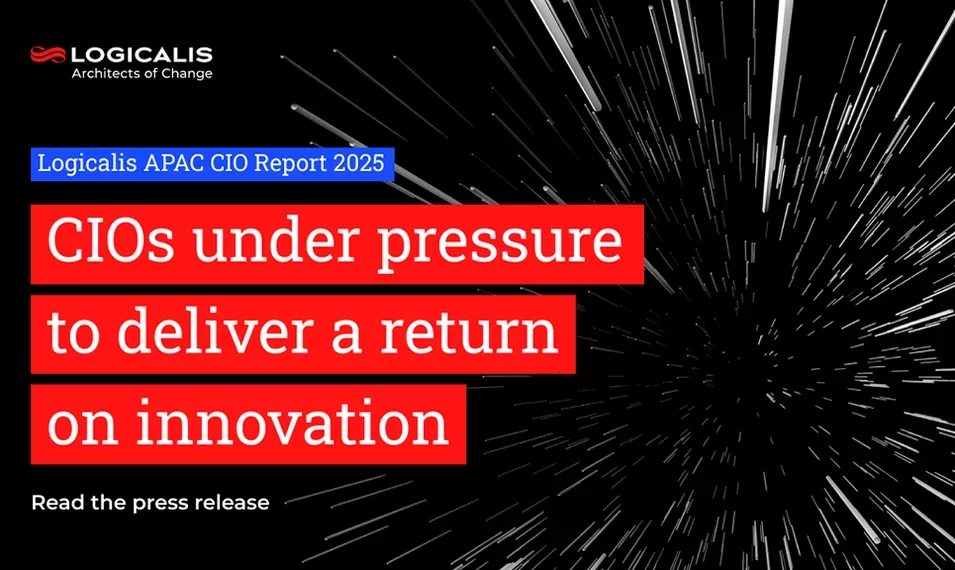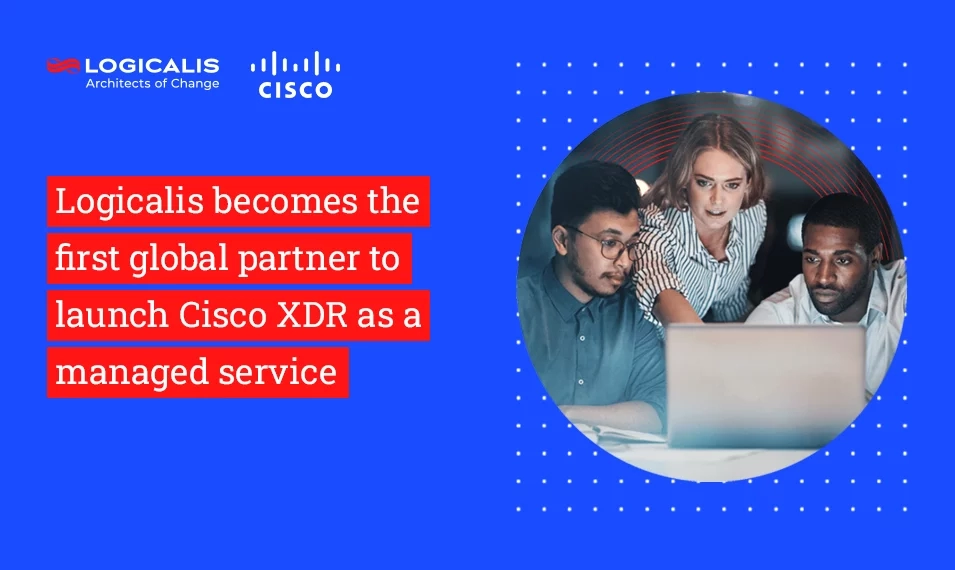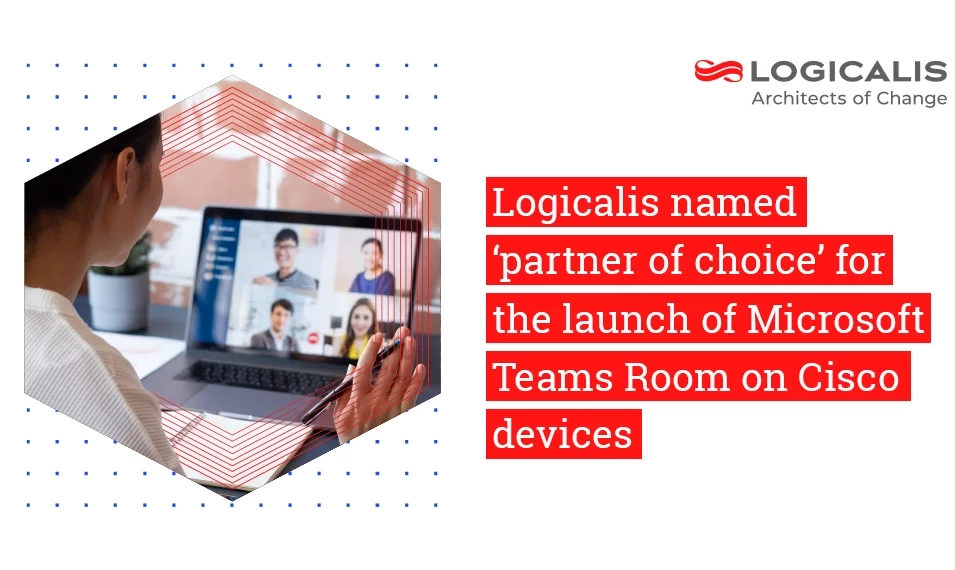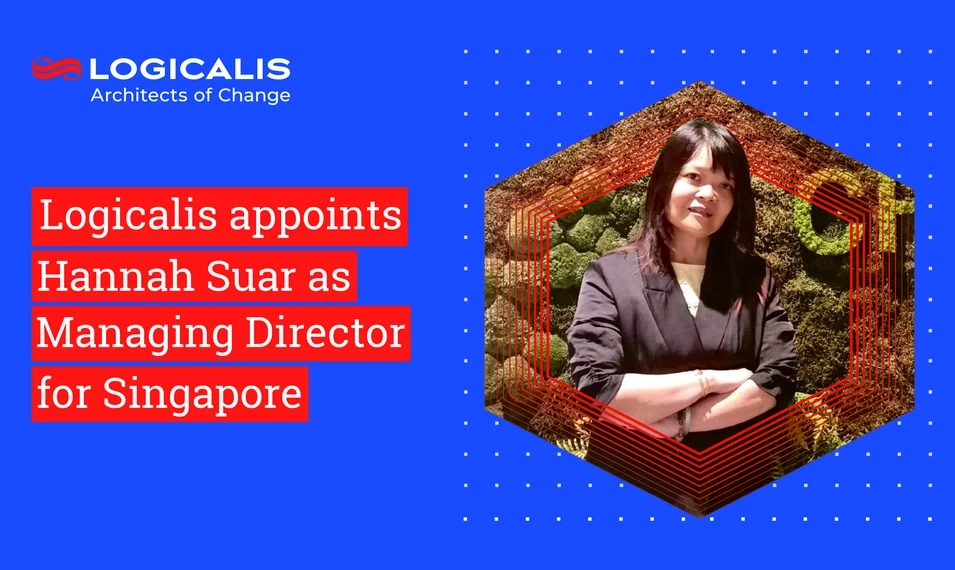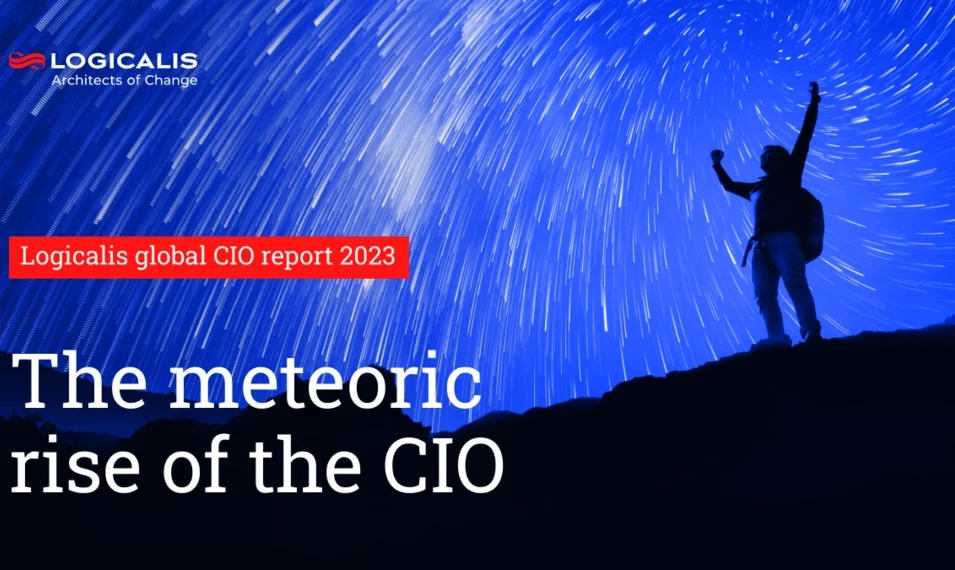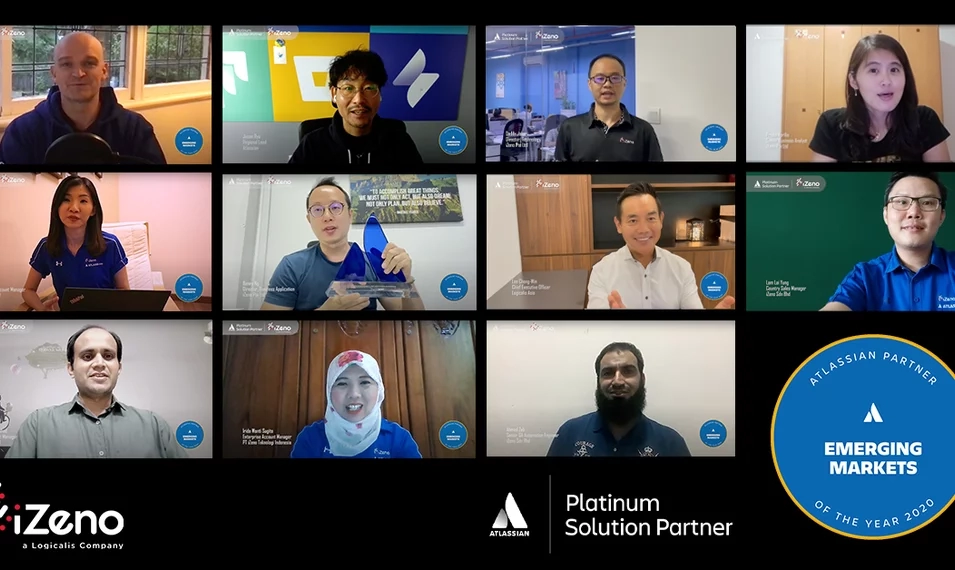, Jan 9, 2014
Solution Provider Gives IT Pros Four Truths about Data Protection; Offers Free, Downloadable White Paper on Disaster Recovery
NEW YORK, November 12, 2013 – One of the most misunderstood concepts about moving to the cloud revolves around data protection. To help clients who are considering the cloud map out their route fromcomponent-level architecture tovirtualization, to converged infrastructure and beyond, Logicalis US, an international IT solutions and managed services provider (http://www.us.logicalis.com/), has created a blueprint for IT transformation. The IT Transformation Journey is a step-by-step guide to assist IT pros in determining where they are as well as where they’re headed.
[Download a free copy of Logicalis’ white paper, “Advanced Technologies Make Thinking about Disaster Recovery a Lot Less Scary,” here: http://www.ict-log.us/pdPGR]
The fourth stage of this journey – Protection Services – focuses on the importance of assessing the data and application protection services available. CIOs are encouraged to examine their organizations’ recovery time objective/recovery point objective (RTO/RPO) needs, any industry regulatory requirements, and their companies’ budgets when thinking about data protection strategies – both in and out of the cloud. While cloud providers often have multiple levels of redundancy available to their clients ranging from traditional off-site tape backup to instantaneous failover between geographically disparate cloud facilities, those data protection strategies are not one-size-fits-all. Each CIO must determine, on an individual basis, which strategies need to be deployed to meet their specific requirements.
“As customers move to a converged infrastructure, the options for data protection and disaster recovery services expand beyond the traditional models associated with component-based architectures. One of the key options with converged infrastructure is utilization of the cloud as a means to protect and back up the environment,” says Brandon Harris, Vice President, HP Solutions, Logicalis US. “Logicalis recently worked with a client to help them deploy a converged infrastructure within their data center. The next phase of the project was to provide DR for the environment and backup for the data which we offered as a service through our own data centers combined with the HP public cloud. To address DR, we reserved capacity for the client in an off-premise private cloud solution housed within a Logicalis data center; this created a mirrored environment to protect the client in case the main production environment went down. For data backup, we offered a solution through the HP Public Cloud that ensures the customer’s data is backed up and available in the event something happens to the client’s main data set, a solution that also allows the client to safely perform routine maintenance or take down the production environment for updates and repairs. Data protection is a subject that is vastly different today than what was available in even the recent past, and through the cloud, offers a wide range of flexible options for an IT pro to consider.”
Four Truths about Data Protection
- DRaaS Can Save Your Company: The most important thing IT leaders need to know about disaster recovery as-a-service (DRaaS) is that it could one day save their company. Before a disaster happens, nearly every company balks at the price of DR protection. But what is the price of a business’ downtime? If a business is too slow to recover after a disaster, it could have devastating effects. Analysts say DR-as-a-Service is well suited for mid-sized organizations that don’t have the resources for in-house recovery management facilities and can be a strong alternative to a premises-based business continuity/disaster recovery plan. There are six key reasons DRaaS makes good business sense; read about them here:http://www.ict-log.us/qy24N.
- Hope is Not a Strategy: Mission-critical applications are as interdependent as a living nervous system; if one piece dies, the rest of the system often won’t survive – which is why hope is not a strategy. A phased approach to business continuity/disaster recovery (BC/DR) evaluates everything – technology, data, processes and people – that an organization depends on for its continued survival and allows for the development of risk mitigation, continuous operation and recovery plans that can be implemented incrementally as budgets and resources allow.
- Automatic Failover Isn’t Automatic: For business-critical applications and data stored in a public cloud, it’s critical to realize every cloud provider’s level of data protection is different. Most offer basic levels of data recovery, often storing client data on tape off-site, which may be sufficient for nearly any client disaster. But, imagine the scenario where a catastrophic event disables the cloud data center itself. Data stored on tape cannot be immediately restored until new compute resources are established. To protect against this kind of scenario, ask the cloud provider if they offer any kind of “cloud insurance,” an add-on service offering automatic failover between geographically disparate data centers to ensure the client’s continuous uptime. Not asking this question is a common mistake IT pros make when moving data and applications to the cloud; remember, data protection remains the CIO’s responsibility no matter where that data resides.
- Mirroring Makes Sense: For some organizations, a traditional disaster recovery solution that involves installing and operating high-availability systems (a secondary site to mirror the company’s primary site) may be the best option. However, it may be cost effective to house that mirrored site in the cloud, something to consider when looking at long-term data protection strategies and preparing to sell the need for such strategies to a budget-conscious C-suite. Determining which approach is right for an organization requires asking four key questions; read about them here: http://www.ict-log.us/qy2F2.
Want to Learn More?
- View the Transformation Journey microsite here: http://www.ict-log.us/qy1w1.
- Download a copy of Logicalis’ white paper, “Advanced Technologies Make Thinking about Disaster Recovery a Lot Less Scary: Why You Should Reevaluate Your DR Strategy Today” here:http://www.ict-log.us/pdPGR.
About Logicalis
Logicalis is an international IT solutions and managed services provider with a breadth of knowledge and expertise in communications and collaboration; data center and cloud services; and managed services.
Logicalis employs nearly 3,500 people worldwide, including highly trained service specialists who design, specify, deploy and manage complex ICT infrastructures to meet the needs of almost 6,000 corporate and public sector customers. To achieve this, Logicalis maintains strong partnerships with technology leaders such as Cisco, HP, IBM, CA Technologies, EMC, NetApp, Microsoft, VMware and ServiceNow.
The Logicalis Group has annualized revenues of over $1.4 billion from operations in Europe, North America, South America and Asia Pacific and is fast establishing itself as one of the leading IT and Communications solution integrators specializing in the areas of advanced technologies and services.
The Logicalis Group is a division of Datatec Limited, listed on the Johannesburg and London AIM Stock Exchanges, with revenues of over $5 billion.
For more information, visit http://www.us.logicalis.com/.

